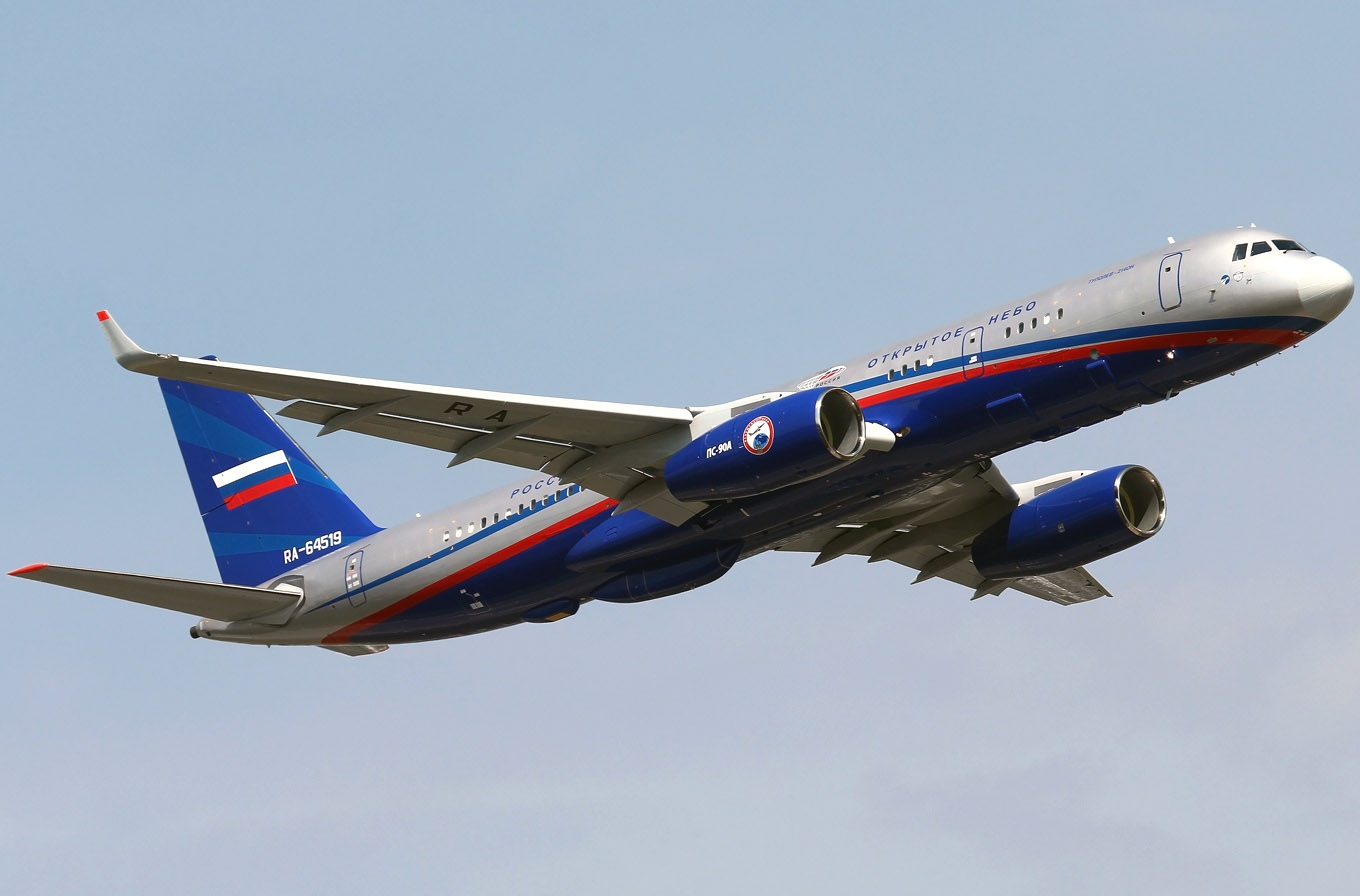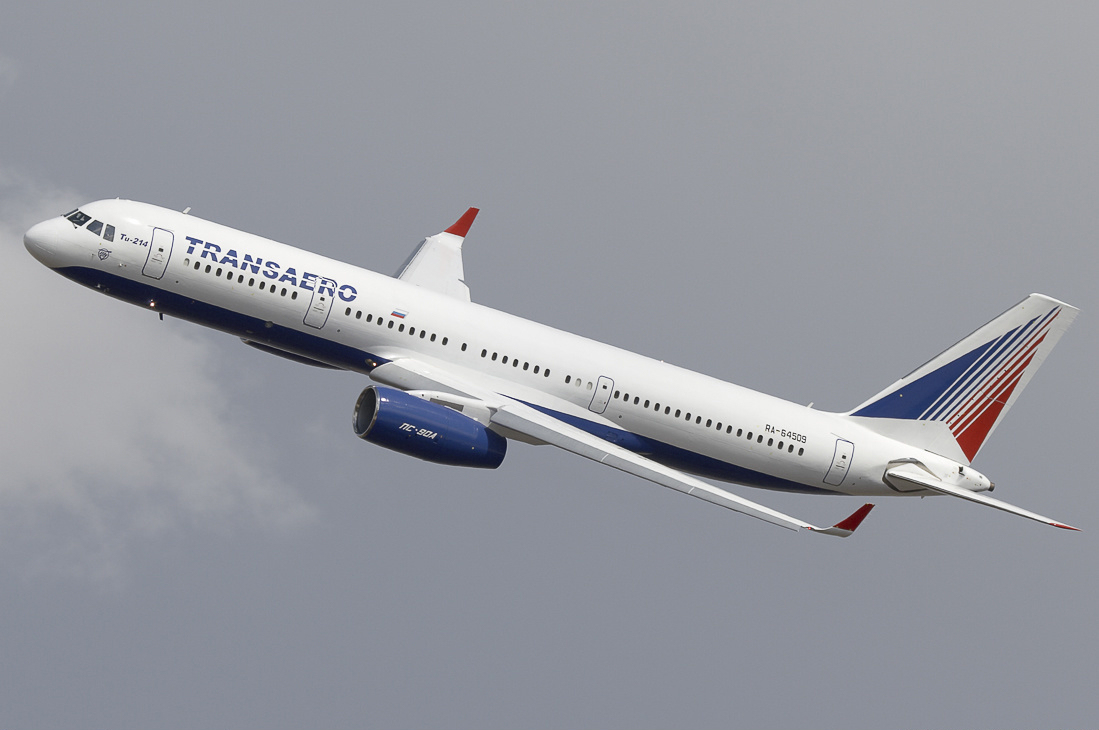Some considerations on the Tu214 and on its engines.
The Tu-214 (and also the Tu-204sm) has a length of 46.14 metres and a maximum single class seating of 210 (215 for the 204aSM
With a minimum (for the economy class) seat pitch of 32 inches (81.28 cm) (38 inches (96.52cm) in business class for the 2 classes set up)
Seat Pitch is the distance from any point on one seat to the exact same point on the seat in front or behind it. While it is not the exact equivalent of "legroom", it does give a very good approximation of how much seat room you should expect.
To give a comparison, in the Boeing 737 Max the seat pitches are
28–29 in (71–74 cm) in high density, 29–30 in (74–76 cm) in economy, 36 in (91 cm) in business
For this reason the 737 of economy airlines like Ryanair or the airbus A320 of Easyjet offers almost the same number of passengers as a Tu-204, while being considerably shorter
E.g the Boeing 737max 200 of Ryanair has a max seating of 197 passengers while being almost 7 metres shorter than the tu214 (39.47 m vs 46.14)
So the Tu-214 offer a much higher comfort in econonomy class than the Boeing 737.
Of course, if needed a high density configuration (with reduced seat pitch) for the tu-214 could be easily organized, bringing the seat capacity to more than 230, but
possibly the Russians are more interested in flight comfort than the western passengers.
Furthermore, concerning the weight: it is true that the tu214 is considerably heavier than the Boeing 737 (taking in example the Boeing 737 max200 used by Ryanair (110 tons vs 82, but it is also much shorter)
If we had to extrapolate the Boeing 737 weight to an equivalent lenght to the tu214 its Maximum take off weight would raise to 97 tons. It is still less than the tu214 but the Tupulev has probably still a lot of improvement margin (even if it is probably not worth to invest too much in costly redesigns and weight loss excercises, since there is already a replacement almost ready (the MC21-400).
I imagine anyway that the new engines and modern russian avionics and internal systems, landing gears, etc developed for the MC21 could be adapted if needed to the Tu214 and bring it to new life (possibly as a rugged and sturdier alternative to the MC21 for some remote countries)
P.S. the 737 classic (first modernisation of the original 737 that started operation in 1968) entered in service in 1984 with CFM56 engines.
In 1997 instead entered in service the third generation of Boeing 737, the 737NG with improved CFM56-7 series engines, a glass cockpit, and upgraded and redesigned interior configuration.
As said before, the PS90 is not a bad engine, but the version in service received no improvement during its life and it is comparable to the 1984 version of the CFM56. The advanced derivative from 2009 PS-90A2 offered substantial improvements, but it was developed together with Pratt and Whitney and contained several American components. Also its derivative PS-90A3 still maintained American components, otherwise it would have been possible to use it for sales to Iran or Venezuela.
A fully Russian PS-90A3M version was more recently proposed but probably its development never really started because it would have meant moving important engineering resources away from the PD-14 development.






